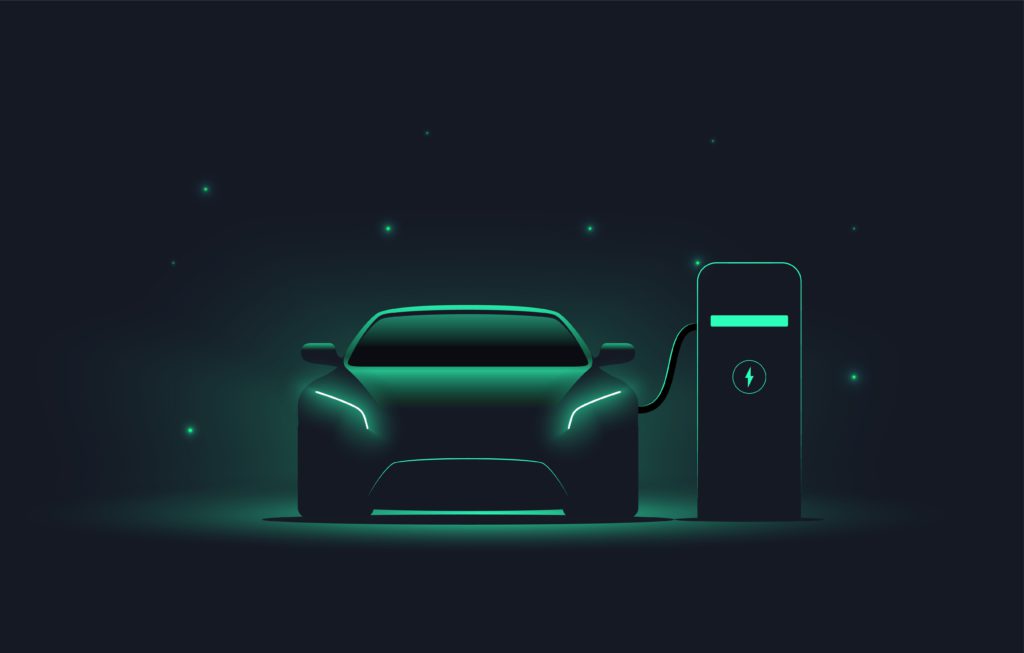What is a hydrogen fuel-cell vehicle?
23 October 2023

While battery-electric vehicles (BEVs) are currently the focus of zero-emission motoring, some dedicated manufacturers are continuing to develop hydrogen fuel-cell electric vehicles (FCEVs).
In this latest Autovista24 What is? video, special content editor Phil Curry explains how a hydrogen fuel cell powers an FCEV, as well as the different methods of producing hydrogen.
Explaining the hydrogen fuel cell
The hydrogen fuel cell is not new, but interest in using the technology to power vehicles is increasing. There are already fuel-cell electric vehicles on the market, with Toyota leading the way with its Mirai model.
Other carmakers are also developing FCEVs for the passenger-car and commercial vehicle markets, expecting the technology to work alongside battery-electric powertrains to increase the scope of zero-emission motoring.
Fuel-cell electric vehicles use electric motors to drive the wheels, like BEVs. However, rather than a bank of batteries, designed to plug into the mains and store energy, a FCEV produces electricity via an on-board fuel cell, and high-pressure hydrogen tank.
The hydrogen fuel cell effectively replaces the battery as the power source. Therefore, a fuel-cell electric vehicle does not have to plug into the mains, although it does need to be refuelled with hydrogen at a filling station. This process should take roughly the same amount of time as refuelling a petrol or diesel vehicle.
The fuel cell uses a process of reverse electrolysis to produce electricity. Inside the unit is a stack of individual cells made up of electrolyte membranes, positive electrodes, or cathodes, and negative electrodes, or anodes.
Hydrogen is brought into the anode, while oxygen is taken to the cathode. The reaction breaks the hydrogen molecules into protons and electrons. The former travels through the membrane, while the latter enters an external circuit, providing power to the electric motors.
The electrons are then reunited with the protons at the cathode, where they combine with oxygen. This creates H2O, or water, which is emitted from the vehicle.
The safety of hydrogen
There are often concerns about the safety of hydrogen, with detractors pointing to the Hindenburg disaster as an example of why the fuel should not be used in the mass market. Yet hydrogen in a car is as safe as petrol or diesel.
The fuel is stored in a gaseous form within thick-walled tanks, helping to prevent uncontrolled mixing with oxygen. These tanks have undergone numerous crash tests, validating the safety of the design with no leaks occurring. They also have a proven safety record in many different industries outside of the automotive sector.
In a gaseous state within a high-pressure tank, hydrogen is 14-times lighter than air, meaning it will vent straight upwards should any leak occur. Then if there is a fire, it should be directed away from the vehicle, burning out safely, with little risk of further explosion.
Types of hydrogen production
While hydrogen is abundant, it is often found attached to other elements and needs to be separated out to be used as a fuel. Depending on the method used, this process can be very carbon intensive, and while sustainable options exist, they require further development.
Hydrogen production is classified via colour, based on the method and sustainability. There are several colours of hydrogen, but the most commonly referred to are grey, blue and green.
Grey hydrogen is created using natural gas or methane, via a process called steam methane reforming. This is where high-temperature steam, together with a catalyst, is used to heat the gas and thereby produce hydrogen. This is currently the most common method, but also the most carbon intensive, expelling CO2 directly into the atmosphere.
The process of producing blue hydrogen is the same, but how the CO2 is expelled is different. The process utilises carbon capture and storage (CCS) technology, with CO2 emissions stored in tanks for use elsewhere in other industrial processes, rather than released into the atmosphere. Blue hydrogen is regarded as a ‘bridge’ towards sustainable production, yet there is still the question of what to do with the stored CO2, especially if the fuel is created for the mass market.
Green hydrogen is the most sustainable, and the form of production that is required for FCEVs to be a more environmentally friendly option. It is produced via electrolysis, splitting water into oxygen and hydrogen, using only renewable energy.
However, the process of making green hydrogen requires a lot of energy, which places heavy demands on what is still a growing renewable-energy grid. Therefore, green hydrogen is only available in smaller quantities, and as such is more expensive than those produced by other methods. Yet as renewable grid infrastructure continues to build, the process may become cheaper and more commonplace.
Is hydrogen a viable alternative fuel?
The debate around hydrogen’s place in the automotive market continues, with some feeling it is not a viable alternative to battery-electric technology, and others believing it is the best option for zero-emission motoring.
One of the biggest problems is the hydrogen refuelling infrastructure. Not only do dedicated hydrogen stations need to be built, but more development of safe storage systems is needed at these locations, as highlighted by fires in Norway and the US.
Yet the fact that FCEV refuelling can be completed in a comparable time to petrol and diesel vehicles makes it a strong contender for the logistics market. This is why both Renault Group, under the Hyvia brand, Stellantis, and Ford, are all developing fuel-cell powertrains for their commercial vehicle fleets.
Should more carmakers begin to develop the technology, with cars and vans becoming available, then the refuelling infrastructure may grow too, as has been the case with BEVs. But as zero-emission motoring has been encouraged via governmental legislation, with targets implemented and fines proposed, carmakers are currently more focused on battery technology.
Hydrogen has definite potential in certain sections of the automotive market. Yet the technology is still in the very early stages of development, with an extremely limited refuelling infrastructure. Hydrogen may offer a zero-emission alternative, but this may be some years away.



